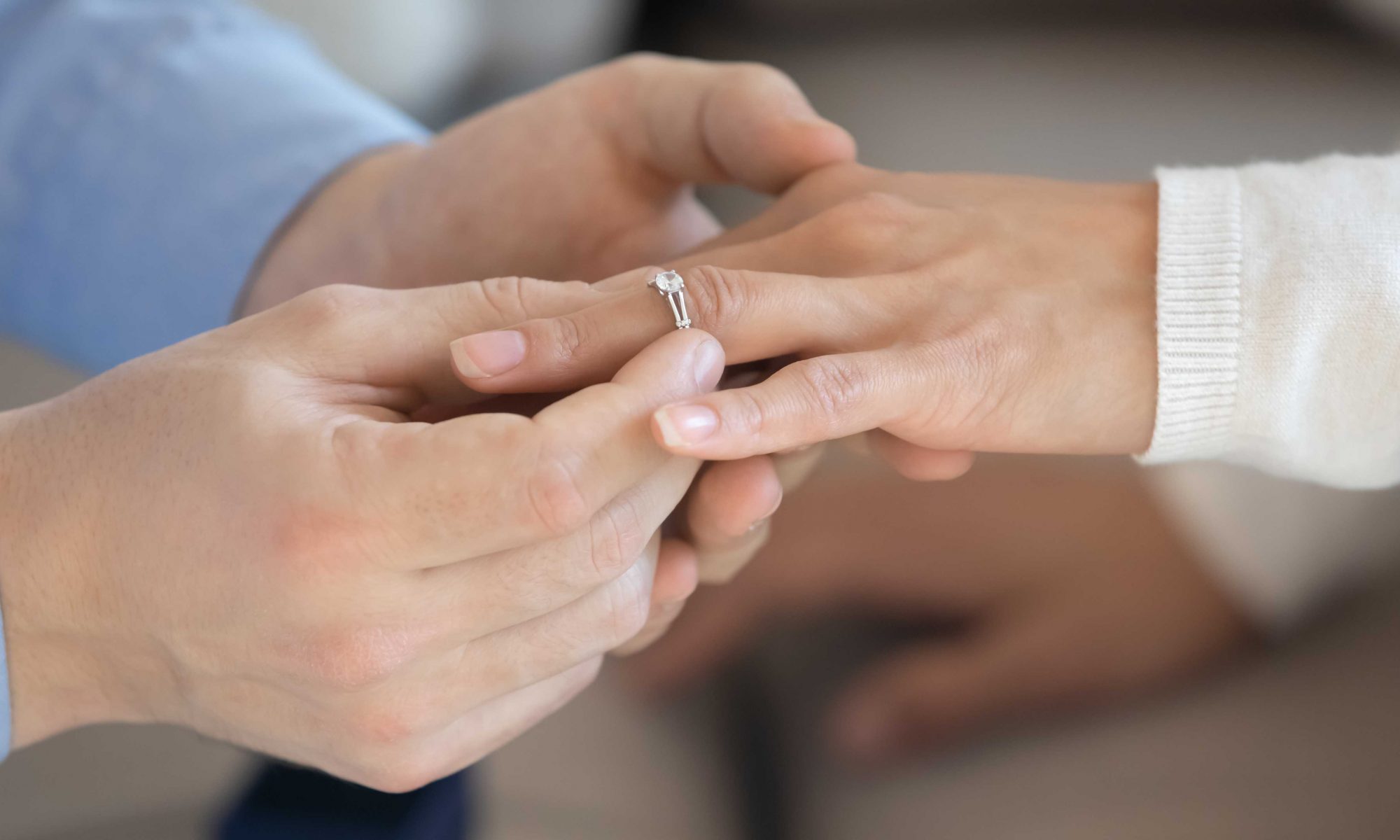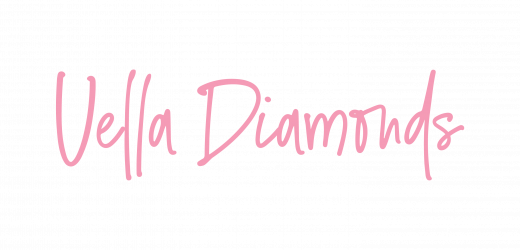
FAQS ABOUT LAB-GROWN DIAMONDS
October 18, 2021
Nowadays, lab-grown diamonds are steadily gaining favor with the consumers. Mostly because not only are they environmentally friendly but also because they’re sustainable and sometimes far more affordable compared to mined diamonds. Needless to say, diamond rings with lab-grown diamonds are a favorite option of those who are on a budget but want to get their loved ones something that they’ll love and cherish for a long time, nonetheless. However, while they may be affordable and appealing, lab-grown diamonds are still a relatively new thing in the jewellery industry and as such, it should come as no surprise that there are some customers who have questions about them.
Here are a few FAQs about lab-grown diamonds that jewellers often encounter.
Are Lab-Grown Diamonds Real or Fake?
One thing that often turns people away from purchasing diamond rings and jewellery with lab-grown diamonds is the common misconception that lab-grown diamonds are fake stones. However, believe it or not, the only thing that separates a lab-grown diamond from one mined from the earth is their origin. Fake diamonds are often made of glass and are much less durable than lab-grown diamonds or even the diamond imitations known as cubic zirconia and natural zircon. Lab-grown diamonds, meanwhile, have exactly the same chemical composition as diamonds that are mined from the earth. This means that even though it was created in a lab, lab-grown diamonds are as real as natural diamonds.
Can You Tell the Difference Between Lab-Grown and Natural Diamonds?
Unless you have a superpower that allows you to turn your eyes into a magnifier, no, there’s actually no way you or anyone else can tell the difference between a lab-grown diamond and a natural one with the naked eye. But if you really want to determine if you’re looking at a lab-grown diamond or a natural stone, you can always use a magnifying glass to find the tiny laser inscription on the girdle that will identify the stone as lab-made. If there isn’t a number to be found on the girdle, then only a gemological laboratory can tell you if the diamond was mined or created in a lab.
Can a Jeweller Discern a Lab-Grown Diamond From a Natural Diamond?
Similar to you, a jeweller can’t also discern lab-grown diamonds from a natural diamond unless they look for the inscription on the girdle with a loupe or a magnifying glass. But if the jeweller also happens to be a trained gemologist and there’s no inscription on the girdle, they might be able to discern this with the help of a powerful microscope. Despite this, however, it’s still a better move to send your diamond to a gemological lab to absolutely confirm if the stone you have is natural or lab-grown.
How are They Made?
Usually, lab-grown diamonds that are used to adorn diamond rings and other kinds of jewellery are created the same way natural diamonds are. With the proper machinery, scientists can recreate the environmental conditions necessary for diamond growth. But according to experts, there are two processes used to create diamonds in a lab: High Pressure/High Temperature (HPHT) and Chemical Vapor Deposition (CVD).
The former involves subjecting carbon to high temperatures and pressing them together, which requires a lot of energy, while the latter requires placing a mixture of hydrogen and methane gas in a chamber with a seed crystal and exposing it to high temperatures to make the diamond grow on the seed crystal. CVD is said to be less costly than HPHT and has become more common in recent years.
What’s Their Value?
Similar to natural diamonds that were mined from the earth, as well as every gem on the market, the value of lab-grown diamonds fluctuates with the recent market trends. This means that there may be instances when you can sell a lab-grown diamond for a significant profit and some times, you might sell them for a loss instead.
Can Lab-Grown Diamonds Be Insured?
Whether they’re attached to diamond rings or you’re buying them loose, diamonds can cost a significant amount to purchase and as such, it’s understandable if you don’t want anything bad to happen to it. Or if anything bad were to happen to it and the cause was out of your hands, it’s understandable if you want to ensure that you’re at least compensated for the loss. Luckily enough, like any gem, lab-grown diamonds can also be insured so long as you have the proper documentation provided by the retailer or a professional appraiser, allowing you to be at ease in regards to the safety of your diamond and your finances.
Now that you know everything you can about lab-grown diamonds, you can now purchase diamond jewellery that has lab-grown diamonds attached to them with no trouble whatsoever. And if you intend to buy such a piece, don’t hesitate to turn to us at Vella Diamonds for assistance and advice. We are more than willing and committed to using our experience to help customers such as yourself find the best diamond rings and jewellery that your money can buy. We won’t let you down! You may visit our website to see the products and services we can offer.
